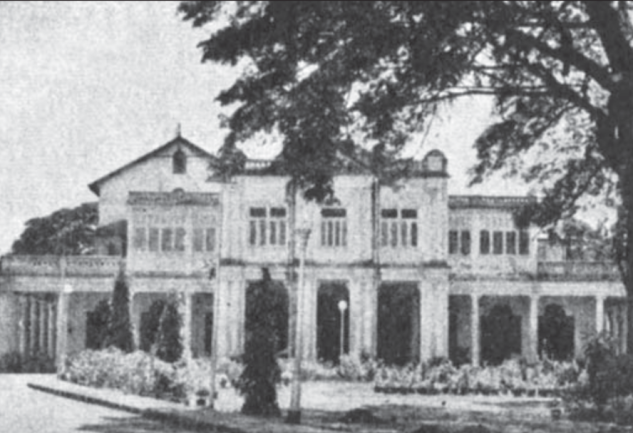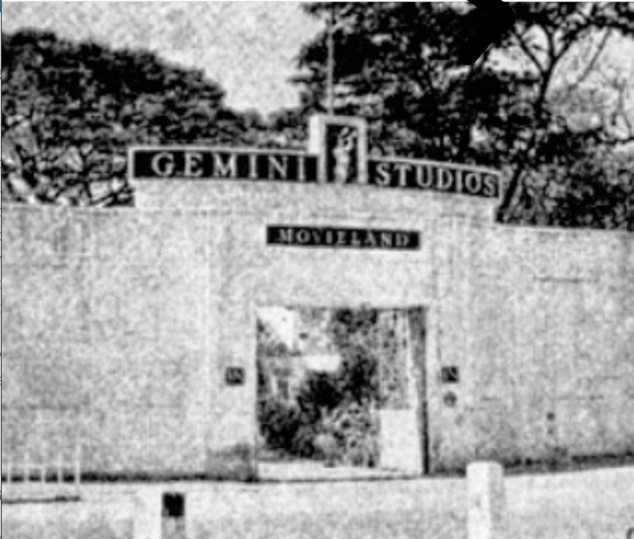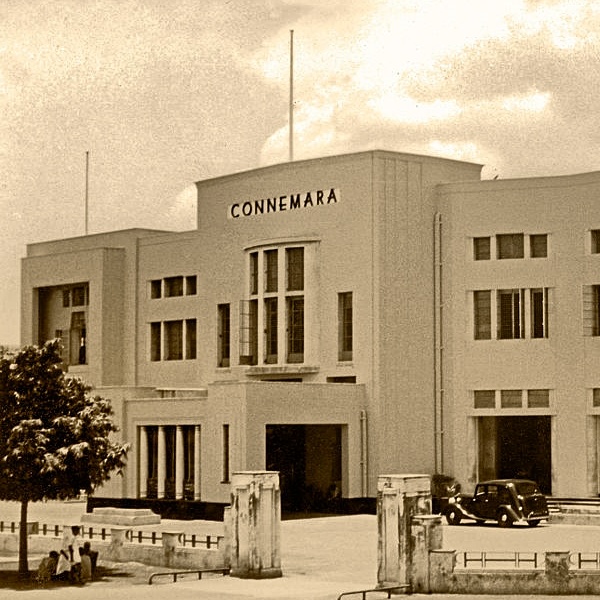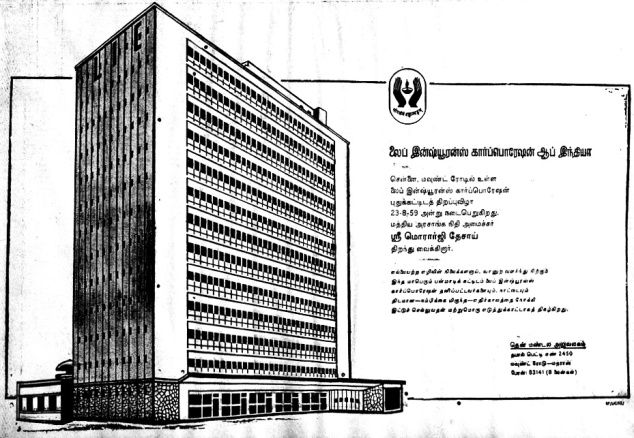The Cosmopolitan Club is one of the landmarks of the city. Founded in 1873, it was meant to be a place where Indians and the English could meet on an equal footing unlike the earlier clubs, such as the Madras Club and the Madras Cricket Club, that were only for the whites. The Club was initially at Moore’s Gardens, Nungambakkam, and moved to its present location in 1882.Set in a compound filled with trees, the club building is two-storeyed and is a traditional brick and lime structure.
The first Secretary was Captain Tyrell. The Club began with 40 members.The present property is said to have been the site of Simpson’s, coach-builders, or of Thomas Waller’s stables. It was bought by the Club for Rs.17,000. The purchase was funded through the issue of debentures to members.
It is one of the most popular clubs of the city, known for its South Indian cuisine and its facilities.
Source: Sriram.V
LOCATION
https://sriramv.wordpress.com/2014/07/09/the-cosmopolitan-club-a-brief-history/

The Cosmopolitan Club in 1956




